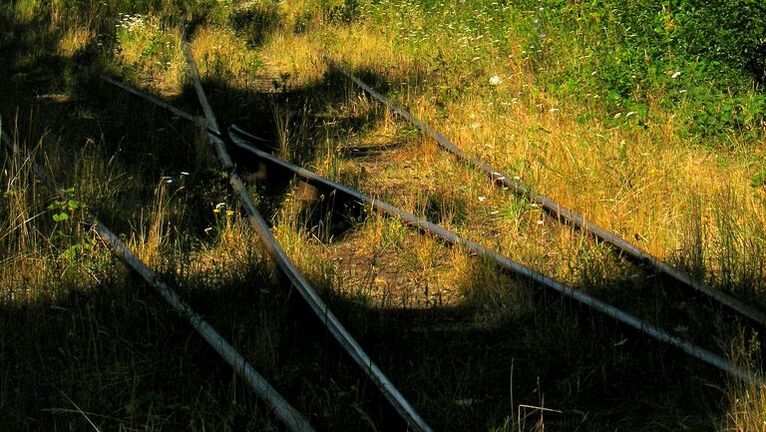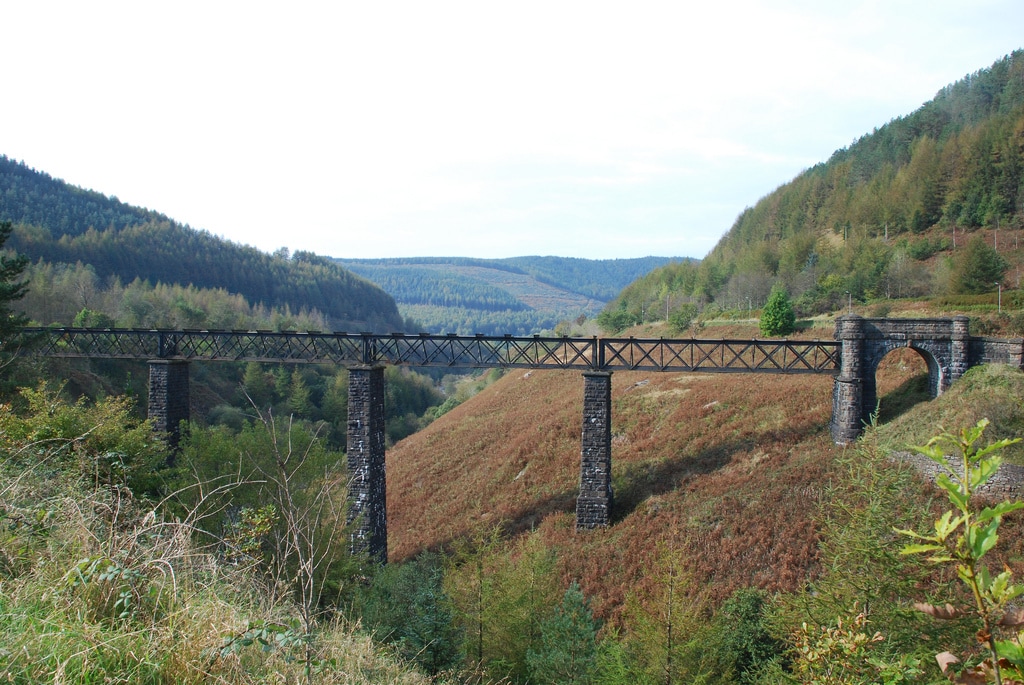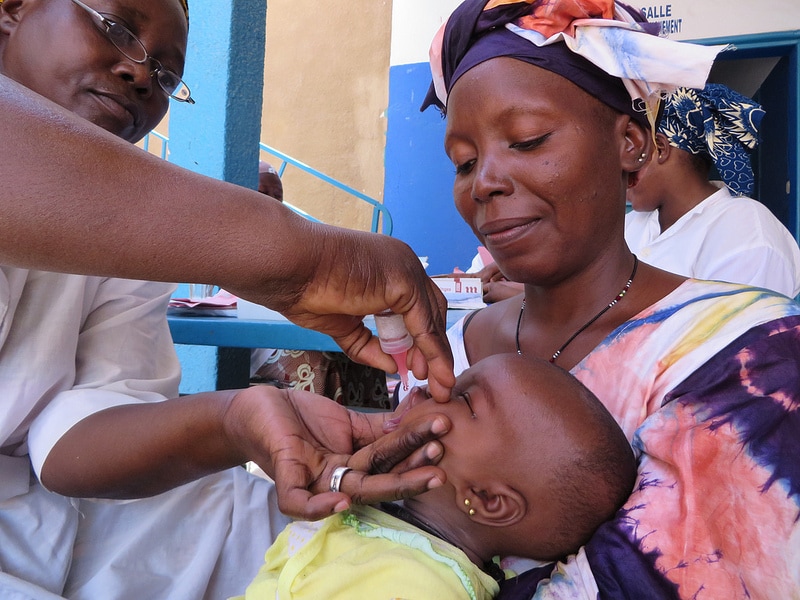Social and Economic Developments during the Colonial Period in KenyaTHE CONSTRUCTION OF EAST AFRICAN RAILWAYThe railway construction works commenced in Mombasa in 1896. By 1901, the railway had reached Kisumu (then Port Florence) passing through Nairobi in 1899.Numerous feeder lines were later laid down as follows; The Nairobi –Thika Branch(1914), Konza – Magadi (1915), Voi- Moshi(1918), Rongai- Solai (1925), Eldoret-Kitale(1926), Eldoret- Jinja (1927), Gilgil-Nyahururu(1929), Thika- Nanyuki(1930) and Kisumu – Butere(1930) In 1948, the Kenya Uganda Railway had been linked with the Tanganyika network to become the East African Railways. Problems experienced during the construction of the Uganda railway.
The effects of railway construction.
Settler Crop cultivation
The main crops cultivated were coffee, wheat, tea and sisal.
1) Coffee. Coffee was first introduced by the Roman Catholic Fathers of St. Austin’s Mission near Nairobi in 1889. It required plenty of farm inputs in terms of chemicals and labour. therefore was a preserve of wealthy European settlers. Coffee Planters Corporation was founded in 1908 by Lord Delamere’s Efforts, and led to the spread in the growing of coffee. By 1913, coffee had become the leading cash crop in Kenya grown mainly in Murang’a, Thika and Kiambu. Africans were unfortunately not allowed to grow coffee until 1937 Reasons why Africans in Kenya were not allowed to grow coffee before 1937.
It was introduced in Kenya in 1903 by Lord Delamere who experimented on his Njoro farm. It was however until 1912, when a more resistant variety was developed, that wheat growing took root in Kenya. In 1908, Lord Delamere set up Unga Ltd which boosted wheat farming in Kenya. It was grown in the Nakuru and Uasin Gishu areas. Like coffee, wheat farming was the preserve of wealthy European settlers from Australia, Canada, Britain and South Africa. Africans began to grow wheat only after independence. 3) Sisal. It was introduced in Kenya from Tanganyika in 1893 by Richard Hindorf, a german Doctor. Initially, it was cultivated around Thika in 1904. By 1920, it had become the second –largest income-earning crop after coffee. The main sisal growing areas included Baringo, Koibatek, Ol Donyo Sabuk, Ruiru, Thika, Voi, Taita and Taveta. Africans began growing coffee in 1964 though its growth declined due to the completion it faced from synthetic fibre. 4) Tea. Tea was introduced in Kenya in 1903 around Limuru by Messrs Caine Brothers. It was until 1925 when tea began being grown successful with large tea estates being established by tea companies like Brooke Bond and Africa Highland from India. The main tea growing areas were Nandi, Kericho, Sotik, Nakuru, Murang’a and Kiambu. Stock rearing. Lord Delamere carried out many experiments in sheep and cattle rearing at his Equator Ranch in Njoro though the Maasai raids in his farm and cattle diseases frustrated his efforts. After cross-breeding exotic types with local stock, he came up with more resistant variety The government also set up an experimental livestock farm in Naivasha. In 1925, the Kenya Cooperative Creameries was established due to Delamere’s efforts. Later, the Uplands Bacon Factory was established near Limuru to promote pig rearing. In 1930, the Kenya Farmers Association (KFA) was established
Settler Crop cultivationThe main crops cultivated were coffee, wheat, tea and sisal.1) Coffee.Coffee was first introduced by the Roman Catholic Fathers of St. Austin’s Mission near Nairobi in 1889. It required plenty of farm inputs in terms of chemicals and labour. therefore was a preserve of wealthy European settlers.Coffee Planters Corporation was founded in 1908 by Lord Delamere’s Efforts, and led to the spread in the growing of coffee. By 1913, coffee had become the leading cash crop in Kenya grown mainly in Murang’a, Thika and Kiambu. Africans were unfortunately not allowed to grow coffee until 1937 Reasons why Africans in Kenya were not allowed to grow coffee before 1937.
2) Wheat.It was introduced in Kenya in 1903 by Lord Delamere who experimented on his Njoro farm. It was however until 1912, when a more resistant variety was developed, that wheat growing took root in Kenya.In 1908, Lord Delamere set up Unga Ltd which boosted wheat farming in Kenya. It was grown in the Nakuru and Uasin Gishu areas. Like coffee, wheat farming was the preserve of wealthy European settlers from Australia, Canada, Britain and South Africa. Africans began to grow wheat only after independence. 3) Sisal.It was introduced in Kenya from Tanganyika in 1893 by Richard Hindorf, a german Doctor. Initially, it was cultivated around Thika in 1904. By 1920, it had become the second –largest income-earning crop after coffee.The main sisal growing areas included Baringo, Koibatek, Ol Donyo Sabuk, Ruiru, Thika, Voi, Taita and Taveta. Africans began growing coffee in 1964 though its growth declined due to the completion it faced from synthetic fibre. 4) Tea.Tea was introduced in Kenya in 1903 around Limuru by Messrs Caine Brothers. It was until 1925 when tea began being grown successful with large tea estates being established by tea companies like Brooke Bond and Africa Highland from India.The main tea growing areas were Nandi, Kericho, Sotik, Nakuru, Murang’a and Kiambu. Stock rearing.Lord Delamere carried out many experiments in sheep and cattle rearing at his Equator Ranch in Njoro though the Maasai raids in his farm and cattle diseases frustrated his efforts.After cross-breeding exotic types with local stock, he came up with more resistant variety The government also set up an experimental livestock farm in Naivasha. In 1925, the Kenya Cooperative Creameries was established due to Delamere’s efforts. Later, the Uplands Bacon Factory was established near Limuru to promote pig rearing. In 1930, the Kenya Farmers Association (KFA) was established Colonial land policies in Kenya.To empower the settlers to take up more arable land in Kenya, the Legislative council passed the following Land Acts or Ordinances;
Effects of the colonial land policies.
THE DEVONSHIRE WHITE PAPER.The Mandate of the League of Nations compelled Britain, just like any other colonial authority to institute reforms that would involve addressing African grievances. Governor Edward Northey who had given many concessions to the settlers was recalled to Britain in 1922. Other reforms that were instituted were;
In March 1923, settlers in a form of protest to these reforms sent a delegation to London to try to settle scores with the Secretary for Colonies, the Duke of Devonshire. The fundamental set of principles that were issued in this meeting are what came to be known as the Devonshire White Paper. Factors that led to the issuing of the Devonshire white paper.
Terms of the Devonshire White Paper.
Implications of the Devonshire white paper.The issuance of the paper left the Settlers, Asians and Africans more dissatisfied than ever before as follows;On the part of the settlers;
Results of the Devonshire white paper.
URBANIZATIONTowns that were already in existence before the advent of colonialism include Mombasa, Lamu and Malindi. Many other towns in the interior grew during the colonial period.Factors which led to the establishment of urban centres in Kenya during the colonial period.
Why Africans moved to urban areas in colonial Kenya.
Ways through which the colonial government controlled Africans migration to urban centers.
Positive effects of urbanization during the colonial period.
Negative effects of urbanization during the colonial period in Kenya.
EDUCATION AND HEALTHEducation.Formal education in colonial Kenya was provided by four groups;
Major milestones in the development of education in Kenya during the colonial period.Initially, the provision of education was the preserve of the missionaries. For example, the Church Missionary Society (CMS) pioneered by setting up a school at Rabai in 1844 and another in Mombasa in 1873.Features of Missionary education
Objectives of Missionary education.
In 1918, the education commission made the following far-reaching recommendations to the government in line with the Fraser Commission report of 1908 which had recommended a racially –segregated system of education;
The 1924 Education Ordinance created an advisory committee on African education. The representation to the committee was missionaries, colonial officials and settlers. The same year, more schools were built with the assistance of the newly formed Local Native Councils. In 1931, another Education Ordinance helped in the establishment of Kakamega GAS In 1932, Kisii GAS in 1934, and Kabianga. Finance for African education was to come from the colonial government. From 1925, the missionaries began providing advanced level education to Africans. Initially secondary education was the preserve of the Europeans. In 1926, the Alliance of protestant missionaries set up Alliance High School. Catholics established Kabaa in 1927 and Mang’u School in Thika in 1930 for Africans. In 1938 and 1939, Maseno and St. Mary’s Yala were started as secondary schools. Achievements of missionaries in provision of education.
Schools for Indians include the Asian Railway School (1904) and other schools developed by the government in Mombasa and Nairobi. Also community-based schools like Allidina Visram and the Arya Samaj Foundation. Hospital School became the first multi-racial school in 1953. In 1934, a District Education Board was created to plan education in districts, establish primary schools and manage the schools. In 1949, the Beecher Committee was instituted to look into African education From 1961, Asian and African pupils begun to join European schools. Provision of elementary education by Africans was pioneered by John Owalo of the Nomiya Luo Mission in 1910. University Education.Africans in Kenya got opportunity for university education at Makerere which was established in 1922 initially as a technical college and became an affiliate of the university of London on 1949.In 1954, the Royal Technical College, Nairobi began to offer higher education and became an affiliate of the university of London in 1959 to offer the first degree courses in 1961 when it became known as the royal college. Community based education.This was done mainly by Asian families of Ismaili and Arya Samaj for the Indian traders in urban areas. Allidina Visram, A wealthy man, also established centres of higher education.African Role in educational provision.Africans began their own schools for the following reasons;
In 1934, the Kikuyu Independent Schools Association (KISA) and the Kikuyu Karinga Education Association founded more schools In 1938, Githunguri Teacher Training College had been established under Mbiyu Koinange. Health.Developments in provision of health services in colonial Kenya.Initially, just like in the case of education, the Christian missionaries were concerned with provision of health services in colonial Kenya. The colonial government was majorly concerned with eradication of plague, malaria and sleeping disease which the Pioneer European settlers suffered from. Preventive medicine was later introduced to help stop various infections of killer diseases.The Church of Scotland Mission and the Church Missionary Society soon opened medical facilities in Kikuyu (1902), Kaimosi (1903), Kaloleni (1904) and Maseno (1905). Dr, Arthur, a missionary and pioneer doctor, put up the Thogoto Mission Hospital in 1907 and the facility exists prominently up to today as the Kikuyu Eye Unit Hospital and Kikuyu Rehabilitation Centre. Objectives of the Health centres.
After the opening of the Alliance medical college in 1920 and the establishment of a Medical training centre under the Nurses and Midwives Ordinance many African school leavers trained as laboratory and pharmacy assistants. A Public Health Ordinance was passed in 1921 giving the Medical Department powers to institute measures for the control of malaria and prevent communicable diseases. As a follow up to the 1921 Ordinance, new health units were established in the four different African reserves. The Rural Dispensary System was established to supplement the missionary efforts in provision of healthcare. Health centres were built in rural areas as part of the colonial government efforts to improve health facilities. After 1945, the Development and Research Authority (DARA) gave 47,000 sterling pounds for health care and improvement of health services. In 1949, the Bureau of Medical Research was set up as an agency of the East African High Commission. In 1950 King George IV hospital (today the Kenyatta National Hospital) was started as a hospital for Africans and in 1951, it started training female nurses. By 1962, there were over 100 rural health centres in the country. Role of Africans in Health Provision.Africans were more preoccupied with superstitions and over-reliance on traditional medicine which negated their participation in provision healthcare.The traditional medicinemen were dismissed by missionaries despite their wealthy knowledge on herbal Medicine. Today, many people rely on traditional herbalists to compliment healthcare provision.
3 Comments
julio
10/5/2022 23:40:24
who is the author of this page. i need this information to cite it for my history essay.
Reply
Leave a Reply. |
Archives
April 2024
Categories
All
|



 RSS Feed
RSS Feed